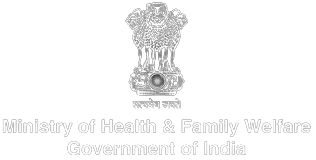Identification of patients through government issued identifiers
Demographic information including a unique identifier is necessary in a health record system in order to capture identifying information as well as identifiers for linking other medical artifacts logically as well as physically.
A health record system must have provision to include patient identifiers of following types:
1. UIDAI Aadhaar Number (preferred where available)
2. Both of the following in case Aadhaar is not available:
2.1. Local Identifier (as per scheme used by HSP)
2.2. Any Central or State Government issued Photo Identity Card Number
-
UIDAI Aadhaar Number
Aadhaar number is a 12-digit random number issued by the UIDAI ("Authority") to the residents of India after a verification process laid down by the Authority.
The Aadhaar identity platform provides unique identity to every resident of the country.
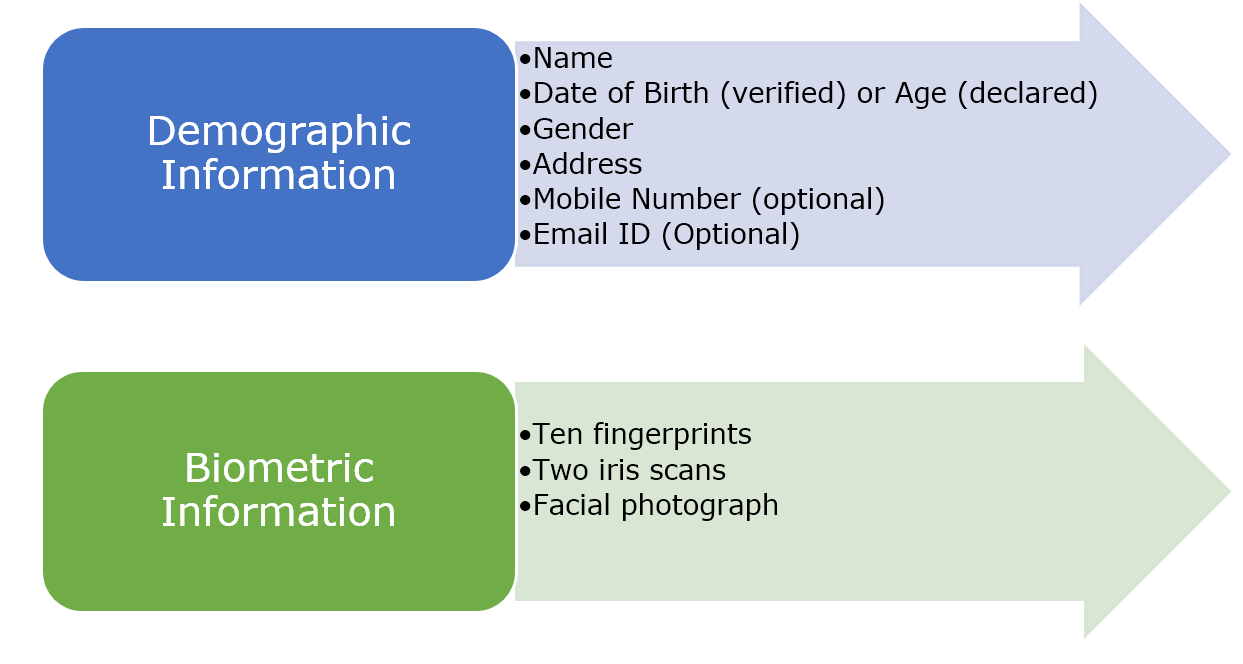
Restriction on sharing Aadhaar Information
As per Aadhaar Act 2016, Section 29
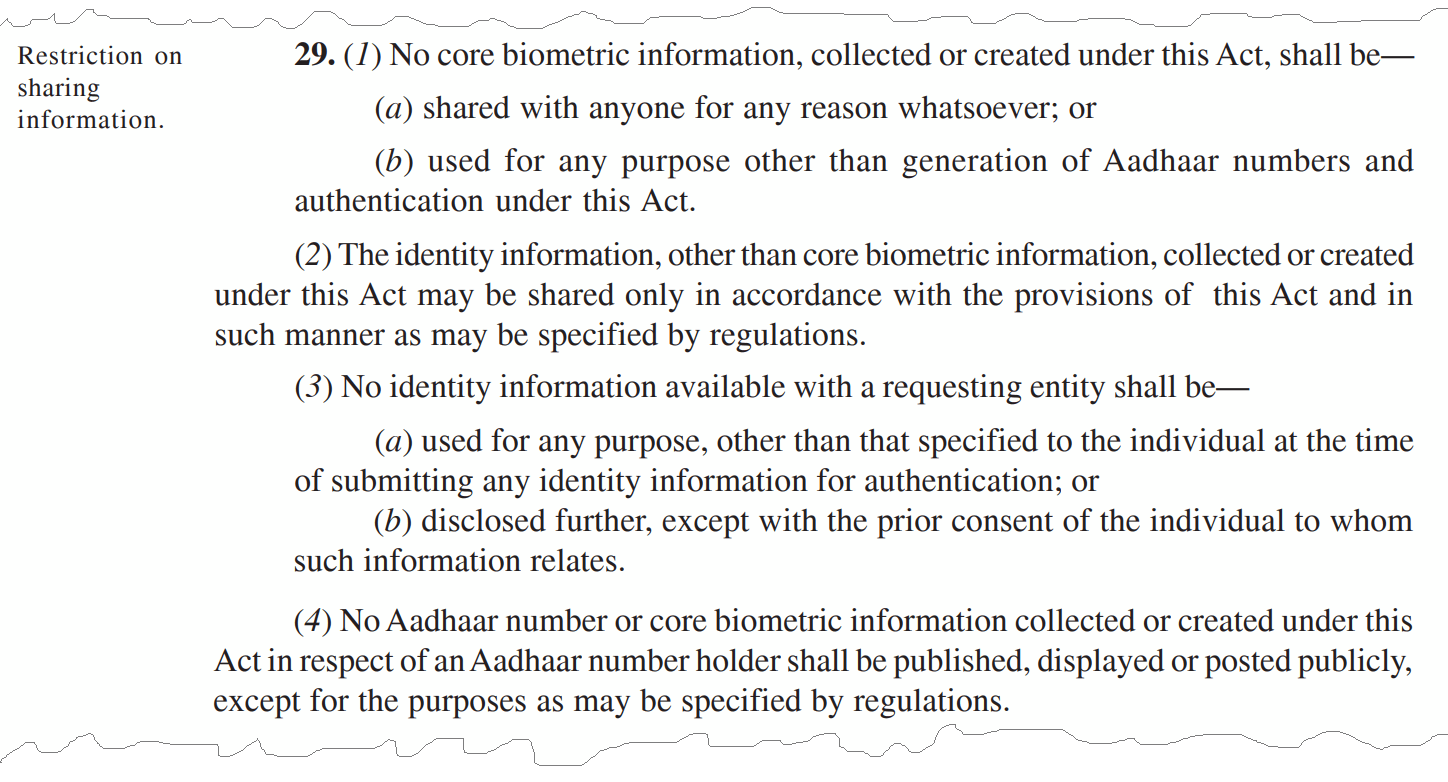
Biometric information is deemed to be sensitive personal information. More information on Aadhar Act 2016
-
In case Aadhaar is not available
Local Identifiers (as per scheme used by HSP)
Hospitals normally use patient identifiers to uniquely identify patients in a healthcare facility. Each hospital have their own scheme of generating the patient identifier. A patient identifier is any alphanumeric code used to uniquely identify a patient within a health register or a health records system.
Central or State Government Issued Photo Identity Card Number
While registering patient in a hospital, central or state govt. issued photo identity card number can be used to identify the person or as alternate identifiers.
Central or State Govt. issued photo identity cards may include:
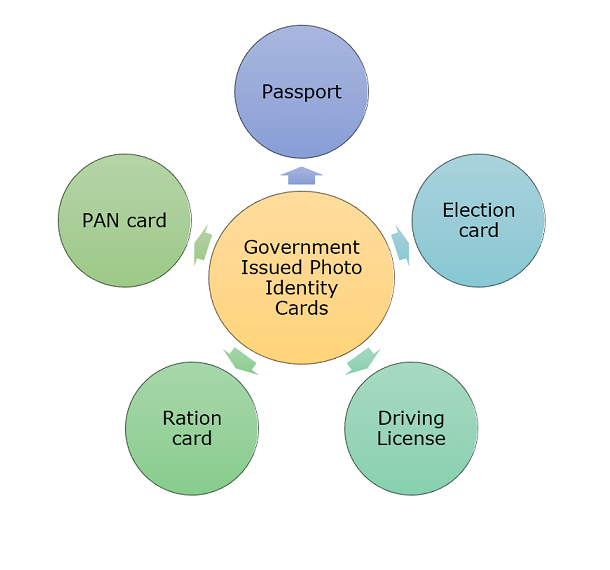
Information to Get Electronic Health Record (EHR) Standards for India is available at the Get Standard




